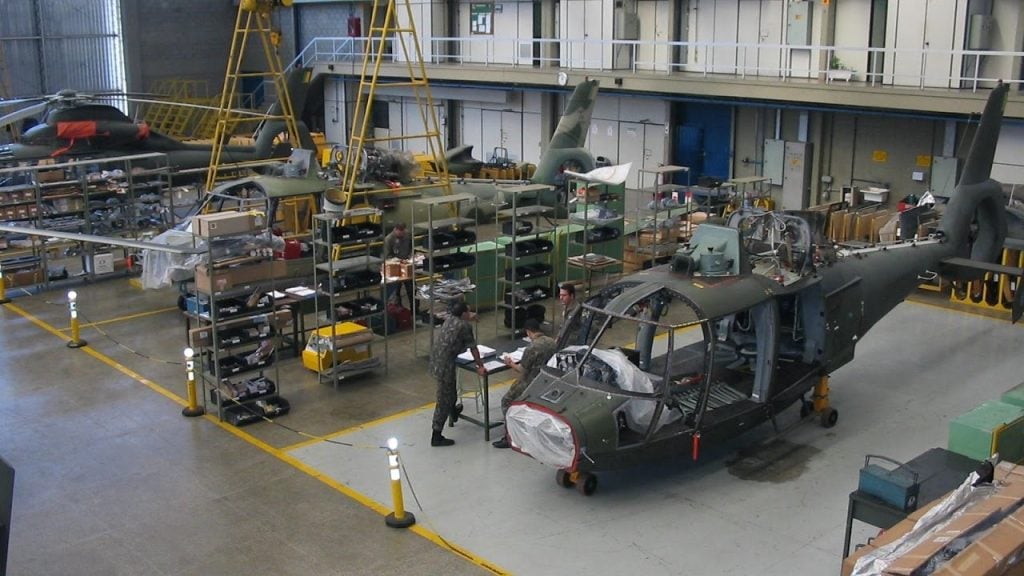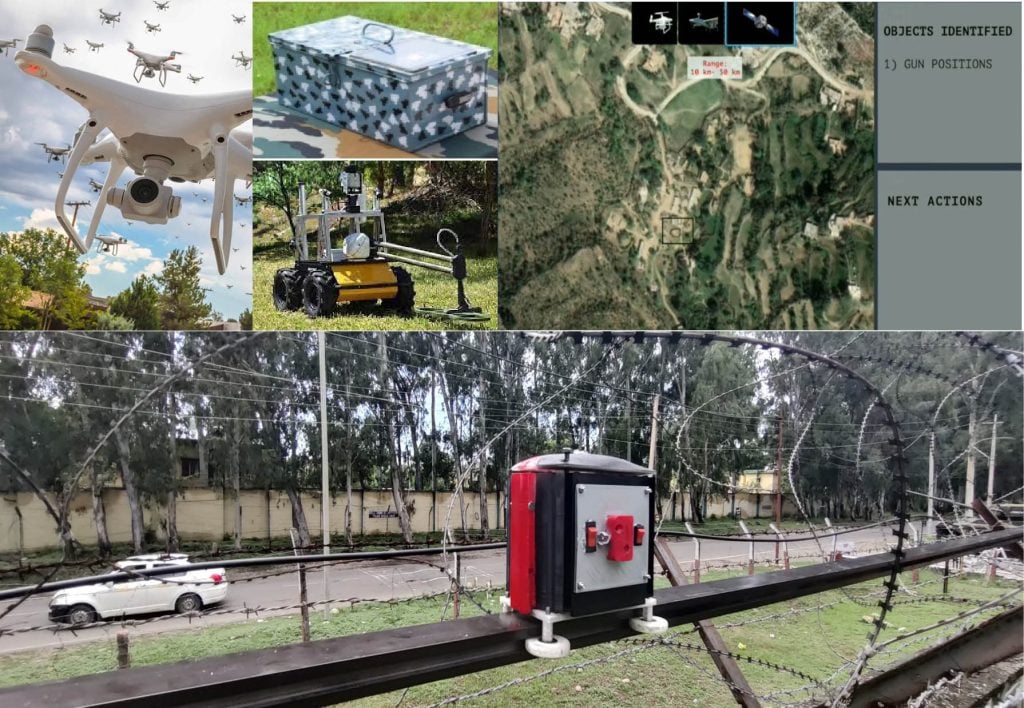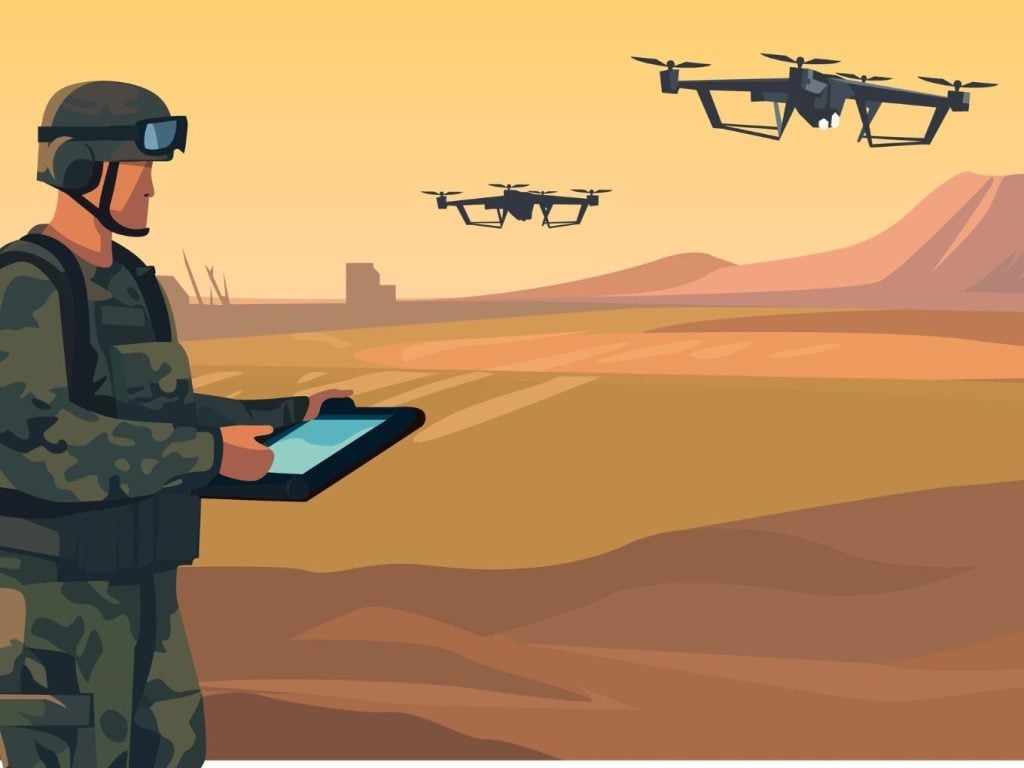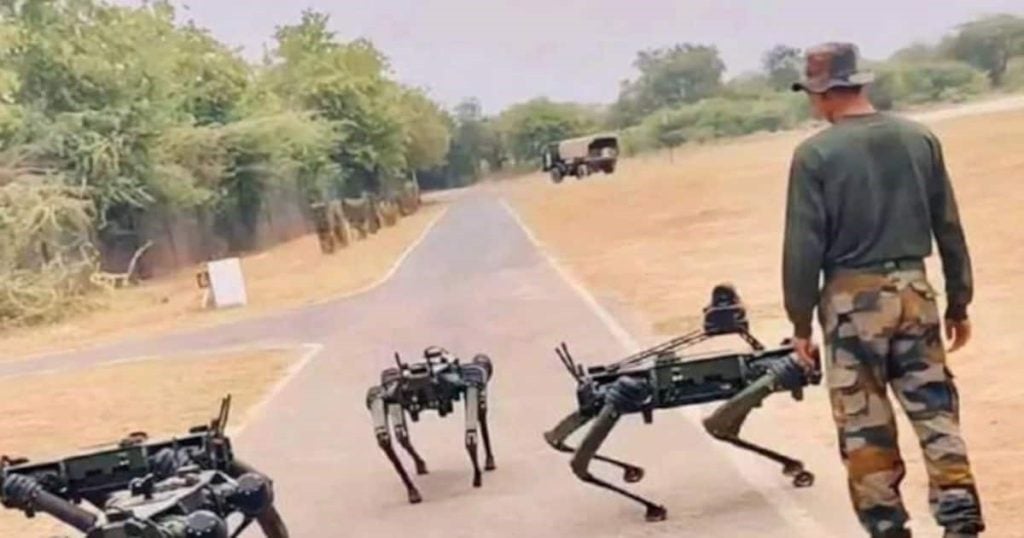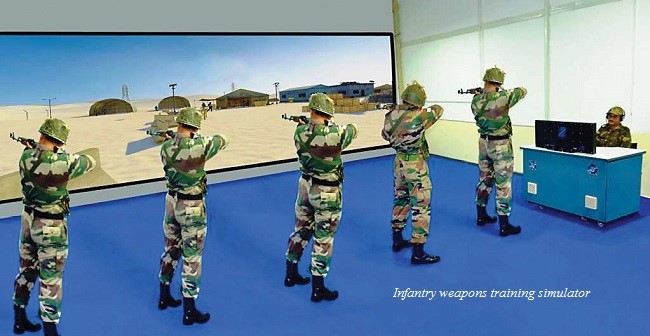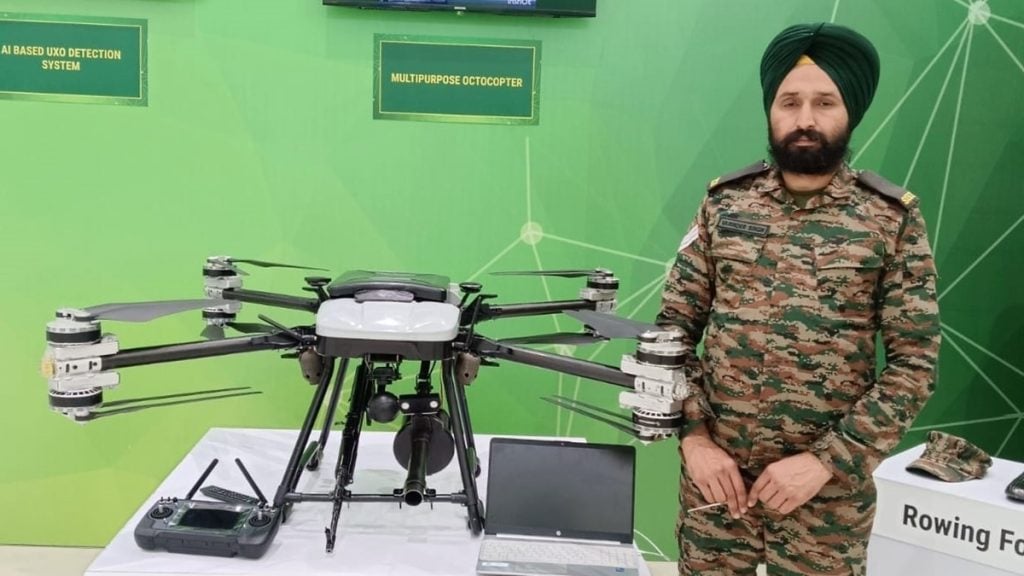The Indian armed forces have been at the forefront of embracing cutting-edge technologies to bolster their defense capabilities. Among the most transformative innovations shaping modern warfare is the integration of Artificial Intelligence (AI) into military operations. As India navigates an increasingly complex geopolitical landscape, the strategic leverage provided by AI-powered systems has become indispensable. This article delves into The Benefits of AI for India’s Armed Forces.
Enhancing Border Security with AI-Driven Surveillance
One of the primary applications of AI in the Indian defense sector is the deployment of advanced surveillance systems along the nation’s borders. The Indian Army has already installed over 140 AI-based surveillance solutions, incorporating high-resolution cameras, sensors, unmanned aerial vehicles (UAVs), and radar feeds. These integrated systems leverage AI algorithms to detect border intrusions, classify potential threats, and provide real-time intelligence to frontline troops.
Automated Target Identification and Tracking
The AI-powered surveillance platforms deployed by the Indian military excel at identifying and tracking suspicious movements, vehicles, and weaponry along the borders. By analyzing vast amounts of visual data and sensor inputs, these systems can rapidly detect and classify potential threats, enabling a more proactive and responsive approach to border security.
Optimizing Resource Allocation
The integration of AI into border surveillance has also helped optimize the deployment of military personnel. By automating the monitoring and analysis of border activity, these AI-driven systems reduce the need for constant human intervention, allowing soldiers to focus on higher-level decision-making and response coordination.
Enhancing Situational Awareness
The data collected and processed by the AI-enabled surveillance network provides a comprehensive, real-time understanding of the situation along the borders. This enhanced situational awareness empowers military commanders to make more informed decisions, coordinate operations effectively, and respond swiftly to emerging threats.
Harnessing AI for Unmanned Aerial Vehicles
The Indian military has also embraced the potential of AI-powered drones and unmanned aerial vehicles (UAVs) to bolster its reconnaissance and surveillance capabilities. These AI-equipped platforms excel at performing day and night missions, navigating challenging terrain, and gathering critical intelligence without exposing human personnel to unnecessary risks.
Autonomous Flight and Maneuvering
The AI-driven flight control systems and navigation algorithms powering these UAVs enable them to operate with a high degree of autonomy, reducing the need for constant human intervention. This allows the drones to conduct extended reconnaissance missions and respond to evolving situations more effectively.
Advanced Sensor Integration
The integration of AI with sophisticated sensor suites, including high-resolution cameras, thermal imagers, and radar systems, empowers these UAVs to collect and analyze vast amounts of data. This enhanced intelligence-gathering capability provides military commanders with a comprehensive understanding of the operational environment.
Threat Detection and Interception
Some of the AI-enabled UAVs in the Indian military’s arsenal are also equipped with the capability to detect and intercept hostile drones. By leveraging machine learning algorithms, these systems can identify and neutralize enemy unmanned aerial threats, strengthening the overall air defense posture.
Autonomous Weapon Systems and Robotics
The Indian defense establishment has also explored the integration of AI into advanced military hardware, including Lethal Autonomous Weapon Systems (LAWS) and autonomous combat vehicles.
Lethal Autonomous Weapon Systems (LAWS)
LAWS are AI-powered weapon systems that can independently detect, identify, and engage targets without the need for direct human control. These systems, equipped with sensor suites and pre-programmed algorithms, can significantly enhance the precision and effectiveness of military engagements, while also reducing the risk to human personnel.
Autonomous Combat Vehicles
The Indian military has also been developing AI-driven autonomous combat vehicles, which can perform a range of tasks, from unmanned real-time monitoring to casualty evacuation and operational load delivery. These vehicles, equipped with advanced driver assistance systems and autonomous navigation capabilities, can operate in challenging environments, such as deserts and mountainous regions, without exposing soldiers to unnecessary danger.
Robotic Platforms
Alongside autonomous vehicles, the Indian defense sector has also explored the deployment of AI-powered robotic platforms. These systems can excel in high-risk, high-stress environments, surpassing human capabilities in tasks such as explosive ordnance disposal, reconnaissance, and combat support.
How UAVs Work in Air, Land, and Sea Operations
Enhancing Military Training and Simulation
The integration of AI is not limited to operational deployments; it has also significantly impacted the way the Indian armed forces approach training and simulation.
AI-Powered Simulators
The Indian military has been leveraging AI-driven simulation technologies to train its personnel on various weapon systems and combat scenarios. These advanced simulators can create highly realistic, dynamic training environments, allowing soldiers to hone their skills and decision-making abilities without the risks associated with live-fire exercises.
Adaptive Training Algorithms
The AI-powered training simulators employed by the Indian defense forces can adapt to the individual performance and learning patterns of each trainee. By constantly analyzing the trainee’s responses and adjusting the scenarios accordingly, these systems can provide personalized, adaptive training experiences, optimizing the learning outcomes.
Data-Driven Insights
The wealth of data generated by these AI-enabled training simulations can also provide valuable insights to military planners and instructors. By analyzing the performance data, they can identify areas for improvement, refine training curricula, and develop more effective strategies for preparing soldiers for real-world operations.
Challenges and Considerations
While the integration of AI in the Indian defense sector holds immense promise, it also presents several challenges that must be addressed.
Ethical Considerations
The use of autonomous weapon systems and AI-powered decision-making in military operations raises complex ethical questions. Ensuring transparency, accountability, and adherence to international laws and human rights principles is crucial as these technologies continue to evolve.
Cybersecurity Vulnerabilities
AI-driven systems, like any networked technology, are susceptible to cyber threats, such as hacking, manipulation, or sabotage by adversaries. Robust cybersecurity measures and resilient system architectures are essential to mitigate these risks.
Skill Gap and Talent Acquisition
The successful integration of AI in the defense sector requires a highly skilled workforce capable of designing, deploying, and maintaining these advanced systems. Addressing the skill gap and attracting top talent in the field of military AI remains an ongoing challenge for the Indian armed forces.
Cost Implications
The development and procurement of AI-enabled military hardware and software can be a significant financial burden. Balancing the investment in these cutting-edge technologies with other defense priorities is a delicate balancing act for policymakers and military planners.
Conclusion
The Indian armed forces’ embrace of Artificial Intelligence has the potential to revolutionize the country’s military capabilities, enhancing border security, improving tactical decision-making, and optimizing training and simulation. As the world continues to grapple with evolving security challenges, the strategic advantages offered by AI-powered systems will be instrumental in safeguarding India’s national interests. By navigating the complexities and addressing the challenges associated with military AI, the Indian defense sector can position itself at the forefront of the global technological revolution in warfare.
FAQs
1. What is the use of artificial intelligence in Defence industry?
Warfare systems, including weapons, sensors, navigation, aviation support, and surveillance, can utilize AI to enhance operational efficiency and reduce dependence on human input. This increased efficiency could lead to a decrease in maintenance needs for these systems.
2. What is the role of artificial intelligence in India?
Artificial Intelligence (AI) is transforming India’s digital economy by enhancing services in sectors such as banking, healthcare, and agriculture, while also providing personalized experiences for consumers.
3. What is responsible AI in Defence?
UNIDIR’s project “Towards Responsible AI in Defence” aims to first establish a shared understanding of the essential aspects of responsible AI research, design, development, deployment, and usage.
4. What is the role of AI in the government sector?
Governments around the globe are adopting Generative AI to enhance administrative efficiency, boost decision-making through data insights, and develop more adaptable, citizen-focused services. This technology promotes smarter governance and drives innovation in public service delivery.
5. How is AI useful to the military?
Military AI systems can handle data more efficiently than traditional systems. Thanks to their advanced computing and decision-making abilities, AI enhances combat systems’ autonomy, self-regulation, and self-management.

